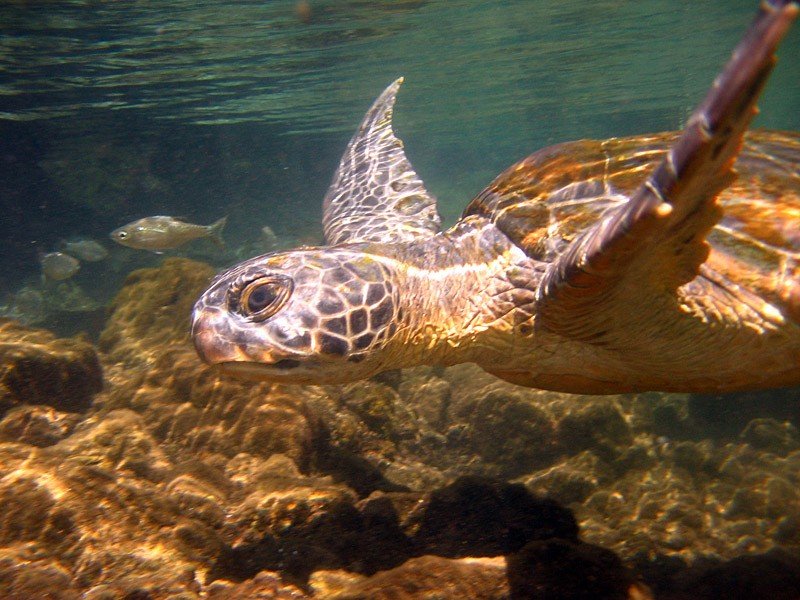Island of Savai’i
Savai’i is one of the two large islands of the Samoa archipelago, which is located in the South Pacific Ocean. It was discovered by Europeans in the second half of the 18th century during the voyage of the world-famous navigator Jean-François de La Perouse. The island stretches for 70 km and has a width of 40 km. More than 43,000 people live here, and today Savai’i is part of the island nation of Samoa.










Video: Savai’i
ContentsHighlights
The Samoa archipelago is part of a volcanic activity belt and there are several extinct volcanoes on the island of Savai’i. Seismologists are constantly recording tremors, however, no earthquakes have yet occurred.
Savai’i is covered with lush tropical vegetation dominated by coconut palms, plane trees, breadfruit trees and citrus trees. Parts of the island with young volcanic lavas are almost devoid of plants.
Most travelers to Savai’i are attracted by the hot climate, abundance of sunshine, and excellent beach conditions. In addition, tourists come to the island to visit Taro Geysers, deep lava caves, ancient ritual mounds, Olemoe and Mu Pagoa waterfalls, and to spend time in the Falealupo and Tafua Reserves. .In the center of the island territory rises the highest point of the archipelago – Mt Silisili (1858 m). In Samoan, its name translates as “the highest”. Many tourists climb this mountain. The route to the summit and back is designed for two days and is necessarily accompanied by a local guide. During the ascent, travelers visit the Aopo Cave, which is located at the very foot of the mountain.
.Features of the climate
Savaii is characterized by a humid tropical climate with an average annual temperature of +26.5 ° C, and during the year there are almost no temperature spikes. The island has a constant humidity of 80%, and the number of sunshine hours reaches 2500 per year.
.
From November to April is the rainy season, and cyclones coming from the northwest bring a lot of rain to the island. On the plains it rains 2,000-3,000 mm per year, while the mountainous areas receive 2-2.5 times more rainfall. May through October is the dry season on Savai’i, when the southeast trade winds dominate the island.
.
Due to its geographic location, the Pacific island is susceptible to severe tropical storms. In 1966, a squall with wind speeds of 200 km/h passed through it, and in the early 1990s, Savai’i was in the path of two hurricanes with wind speeds that reached 180 km/h.
Flora and fauna
The favorable tropical climate contributes to the richness of plant life. There are over 700 plant species on Savai’i, a third of which are endemic to the Samoan archipelago. Moist forests predominate on the mountain slopes, and many tree ferns and orchids grow there. The lowland plains are generally used for plantations where coconuts, root crops such as taro, bananas, noni and cacao are grown.
.The island’s animal life is not particularly diverse. Before Savaii was developed by Europeans, dolphins lived in the coastal waters, and there were many bats on the island itself. Polynesians brought dogs and pigs with them, and along with European colonizers, horses and cattle came to the island. The ships also brought rats to Savaii, which quickly spread throughout the island.
Today, Savai’i is home to over 40 species of birds, 7 species of lizards, and one species of snake. The seashore is favored by turtles and crabs. Coral reefs in the coastal waters are teeming with shellfish, shallow waters are home to sea eels and mullet, and swordfish, sharks, and swarms of mackerel and tuna can be found far offshore.
.Locals
Scientists speculate that Savaii, like other islands in the archipelago, was settled from the 5th century by Polynesians who sailed here. Some researchers believe that settlement occurred even earlier, in the first millennium B.C.
.During the European colonization of the archipelago, the locals gained a reputation as a warlike and savage people. In 1830, John Williams landed on the eastern tip of the island of Savai’i and became involved in missionary work here.
Today, all the villages on Savai’i are concentrated in a narrow coastal strip between the mountains and the sea. Most of the islanders live in traditional huts, the phala. About 90% of Savai’i’s residents are Christian and speak Samoan and English.
.How to get there
Savai’i is located to the west of the archipelago’s other major island, Upolulu, separated from it by the Apolima Strait, which is 18 kilometers wide. Savai’i’s largest ports, Saleolologa and Asau, are connected to Upolulu by ferry.
.
Travelers usually fly into the international airport at Faleolo, which is 34 km from Samoa’s capital city of Apia. They then travel from Upolulu to the island of Savai’i by sea.
